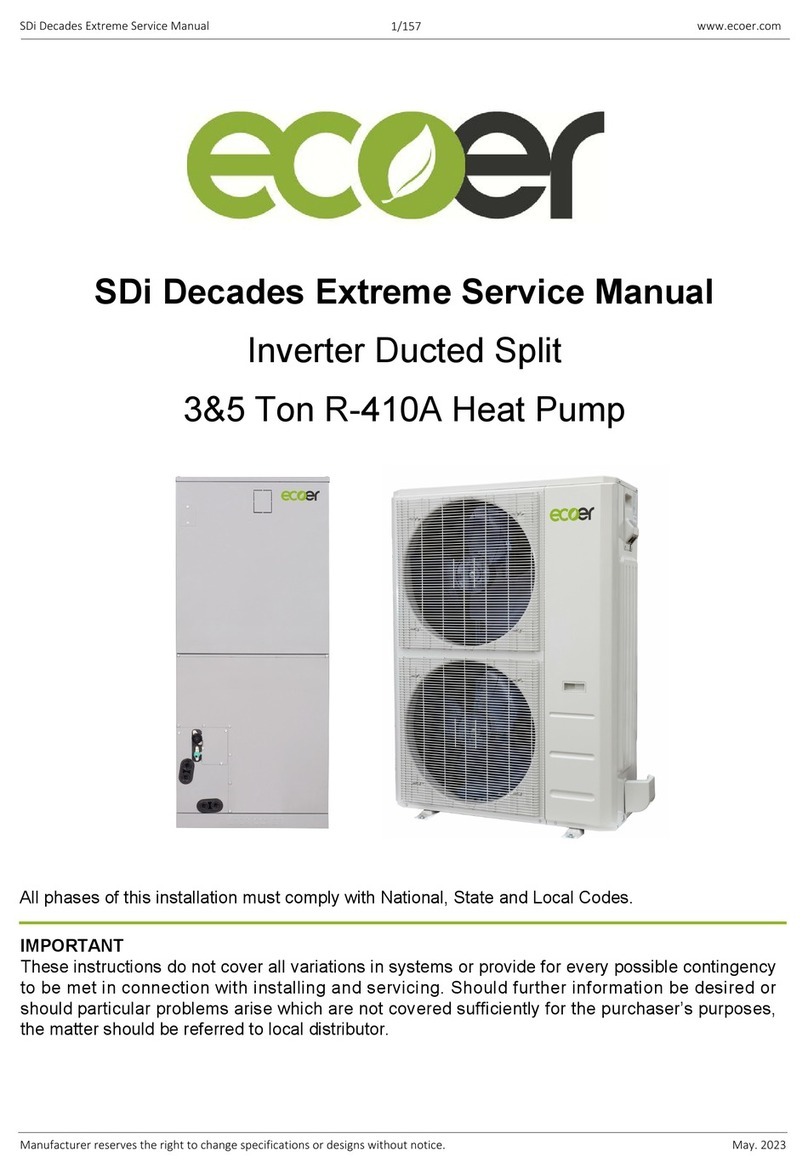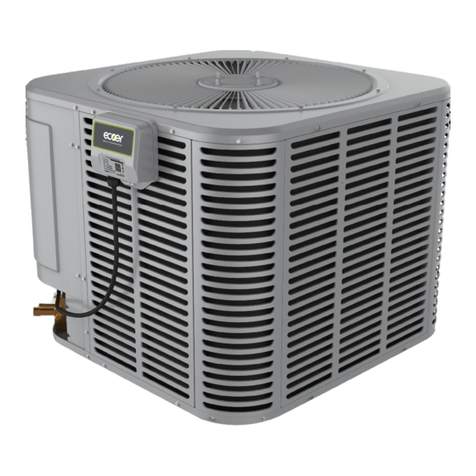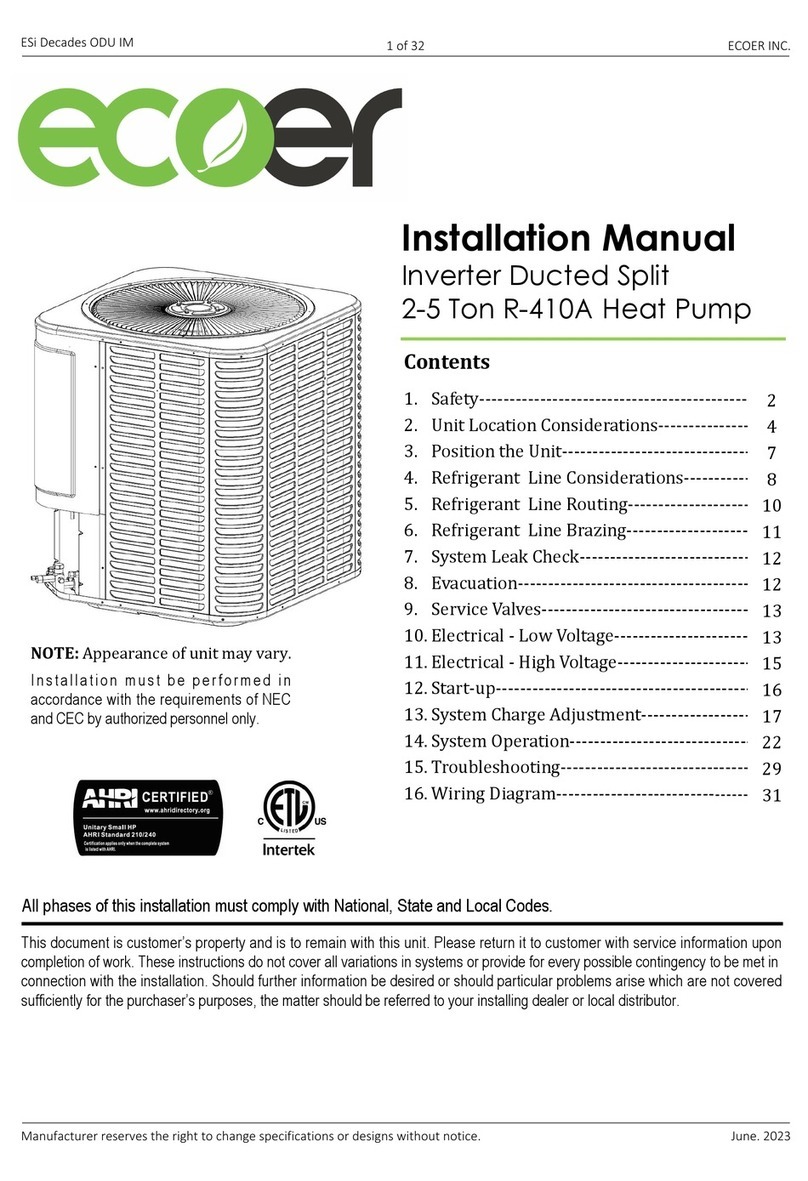Ecoer 2436 User manual




















Other manuals for 2436
3
This manual suits for next models
1
Table of contents
Other Ecoer Heat Pump manuals
Popular Heat Pump manuals by other brands
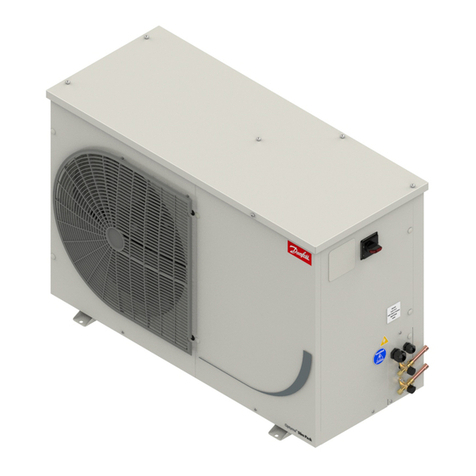
Danfoss
Danfoss Optyma OP-LPQE Series instructions
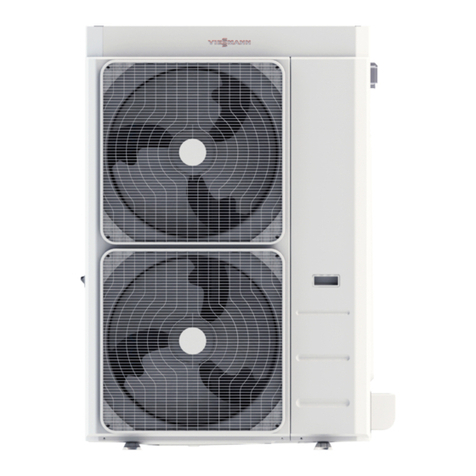
Viessmann
Viessmann Vitocal 100-A Series Assembly and servicing instructions

Panasonic
Panasonic WH-MXC09D3E5 operating instructions
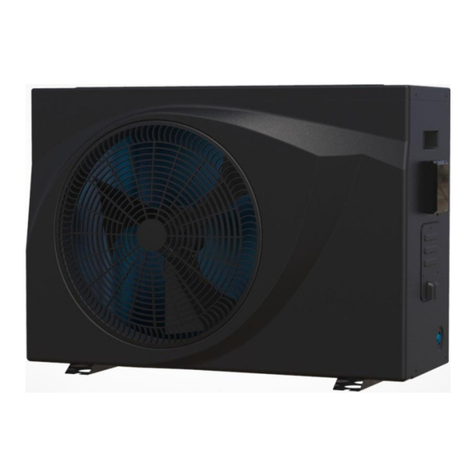
TERSUS
TERSUS BCPI7 Installation & operation manual

Bitzer
Bitzer K033N operating instructions

Daikin
Daikin Super Multi NX FTXS20G2V1B Service manual
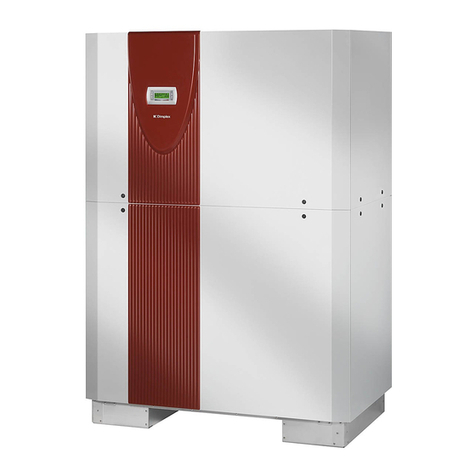
Dimplex
Dimplex SIH 90TU operating instructions
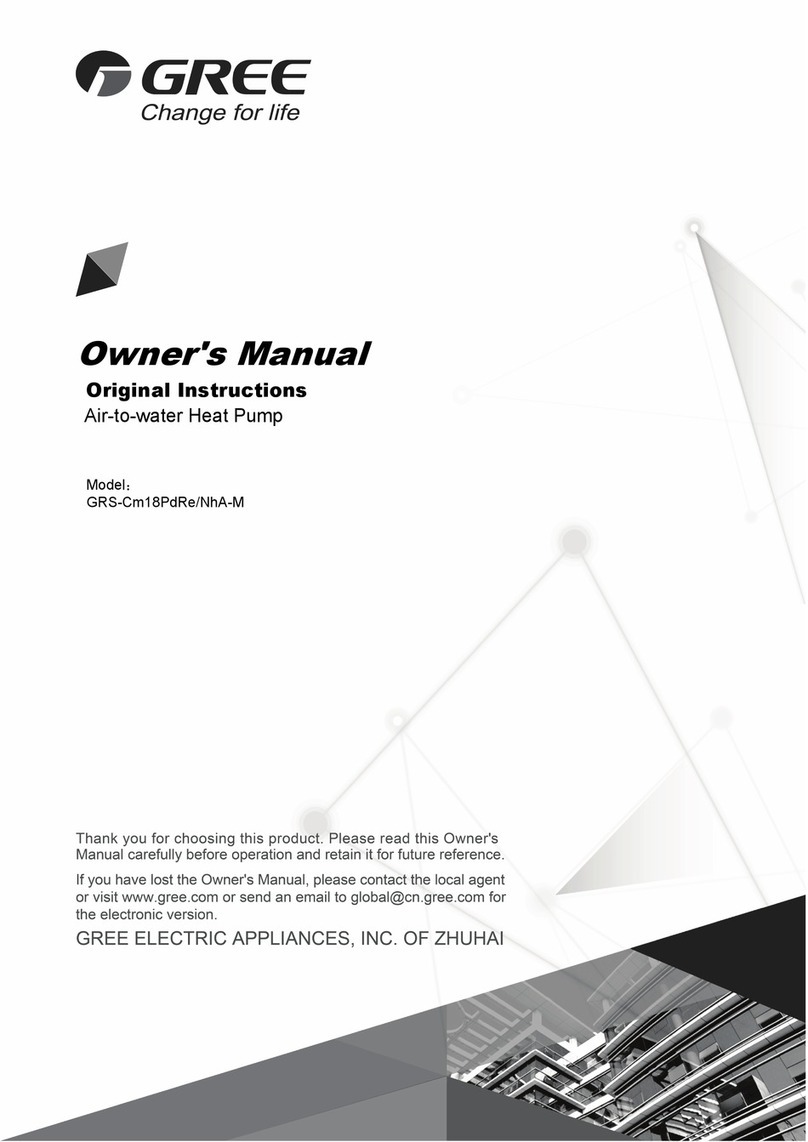
Gree
Gree GRS-Cm18PdRe/NhA-M owner's manual

Technibel
Technibel Liberty300 Solar Installation and operating instructions
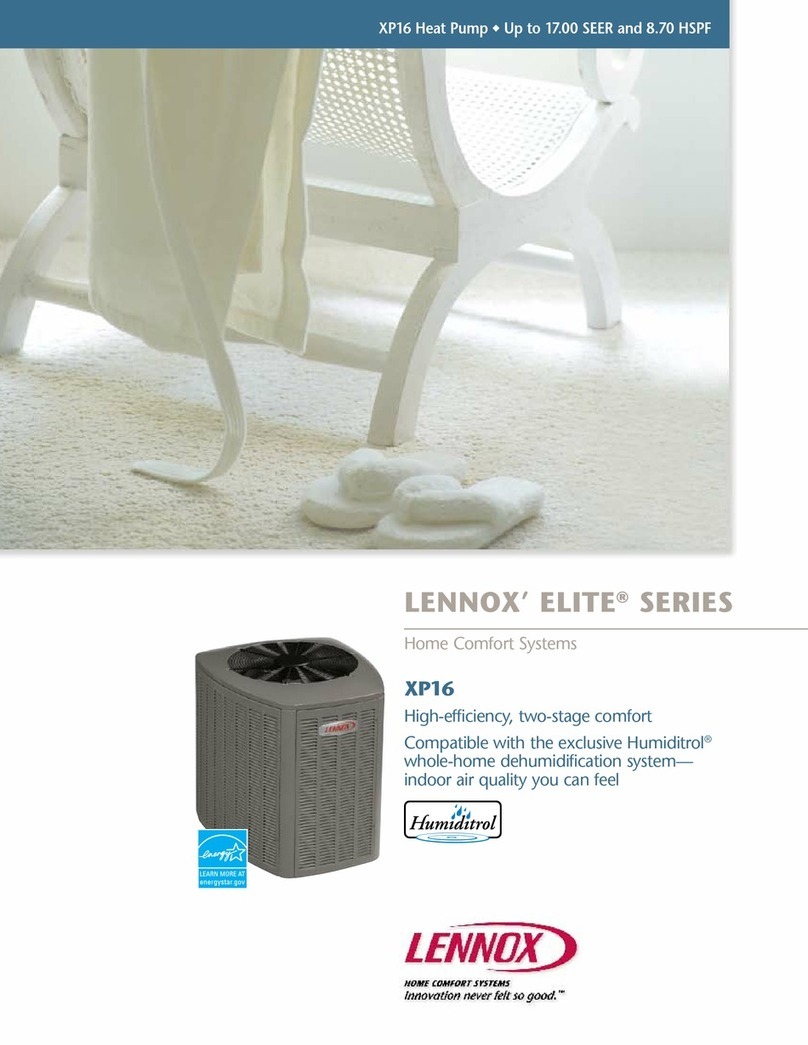
Lennox
Lennox XP16 Brochure & specs

Allied
Allied 2HP13/14 Installation/start-up instructions/homeowners information manual
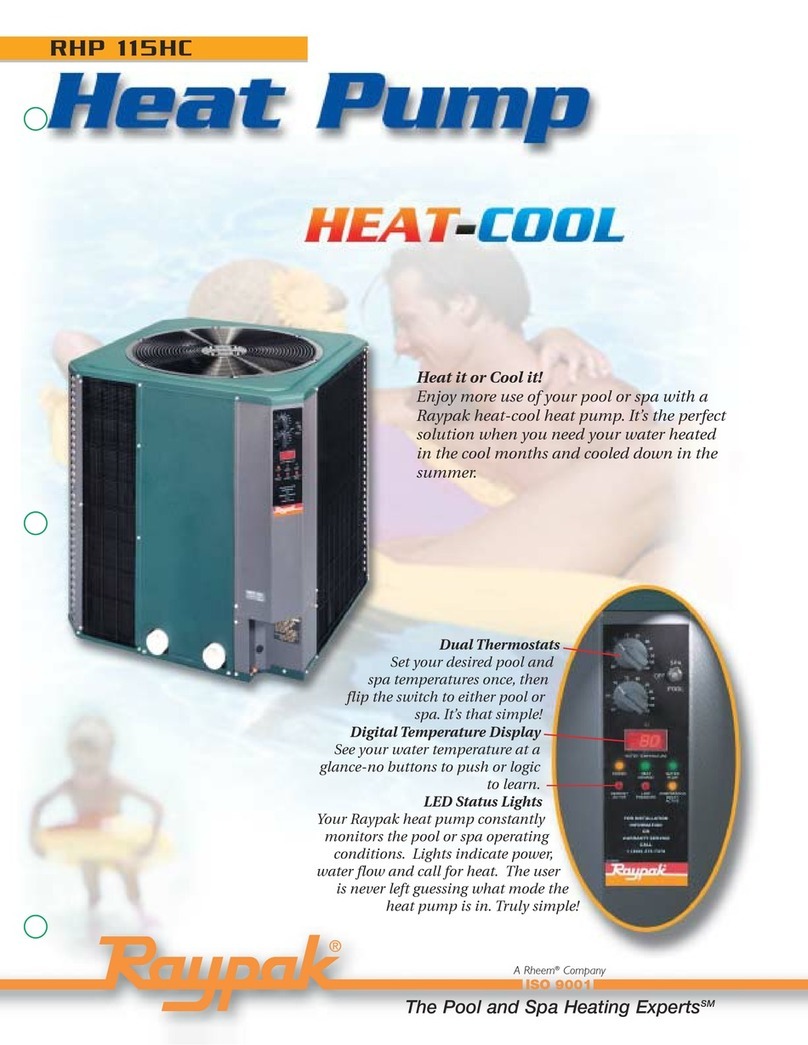
Raypak
Raypak HEAT-COOL RHP 115HC Brochure & specs

Panasonic
Panasonic WH-MDC09C3E5 Servise manual

Lennox
Lennox Signature XP15-024 installation instructions

DeDietrich
DeDietrich EASYLIFE Alezio G AWHP 4.5MR-EMC 24/28 MI... user guide
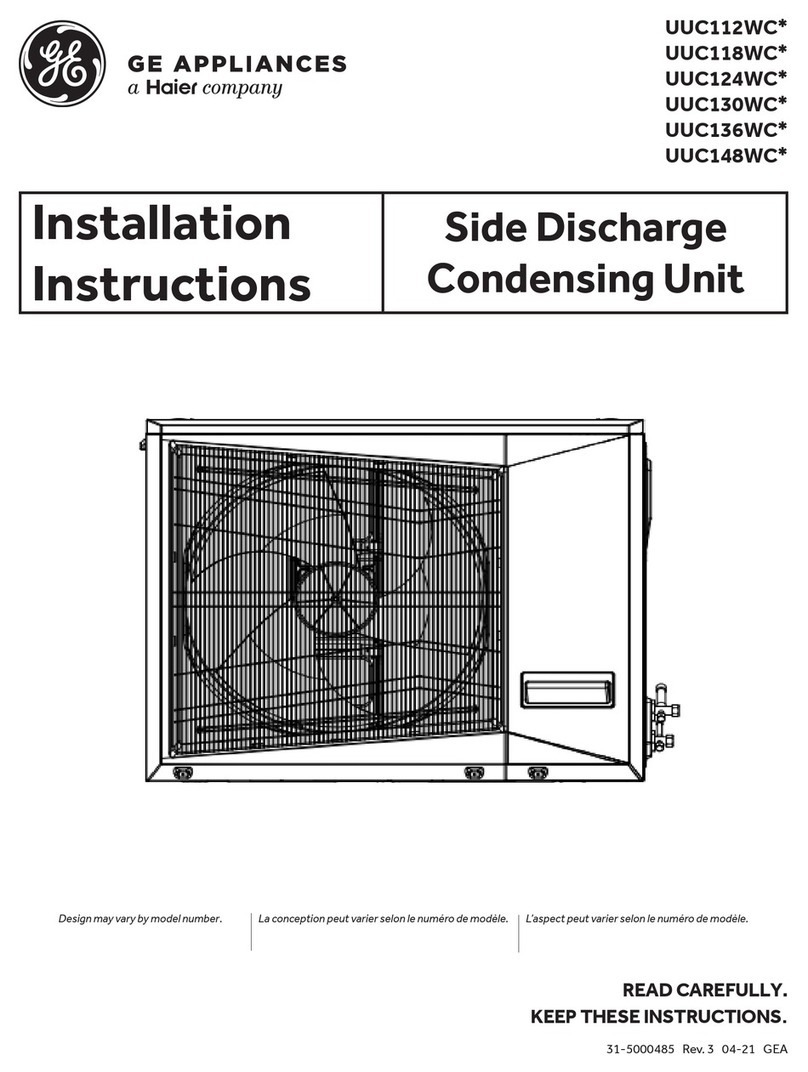
GE
GE UUC112WC Series installation instructions

DURASTAR
DURASTAR DRPTAC07Y41G1A Owners and installation manual

Arden
Arden BLN-006TC1 Service manual


